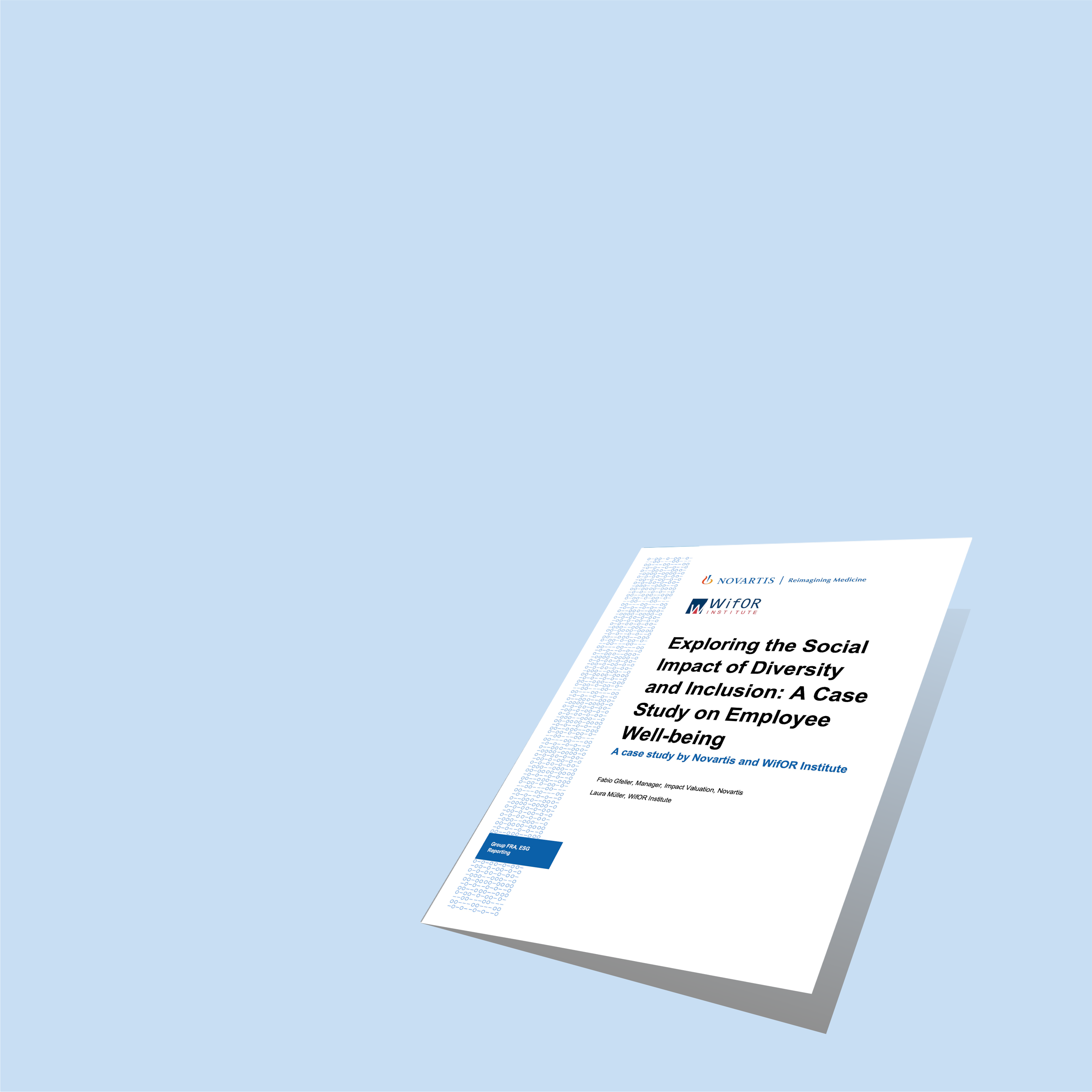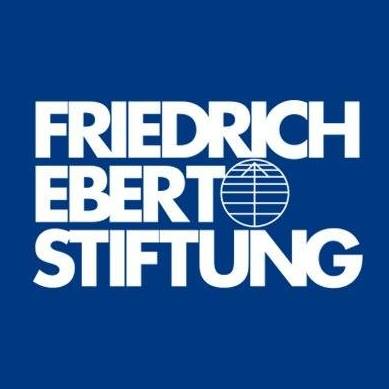Labor Market Research
Labor markets are in a period of flux. Demographic change, shortages of specialized workers, revamped skill requirements, digitalization, and many other megatrends are forcing companies to evolve. While in the past the focus lay primarily on optimizing business processes and resource management, the Labor Market 5.0 is shifting the focus to place people in the spotlight.
Within this dynamic environment, WifOR’s labor market research enables decisions to be made based on scientific data. Since its foundation in 2009, WifOR has been providing macroeconomic labor market analysis for companies, associations, ministries, and NGOs – creating a basis for strategic and operational planning grounded in data.
What is Labor Market Research?
Under the influence of megatrends, labor market research examines developments in the supply and demand of specialized workers, the skills of those in employment, the priorities of employees and employment relationships. The analysis enables changes in the labor market to be quantified in concrete terms, new potentials to be recognized, and long-term strategies to be developed with the help of scientific data – at a national and international level.
What are the aims of Labor Market Research?
Labor market research makes current and future trends in the labor market measurable. A Skilled Labor Analysis shows how the supply and demand of specialized workers in certain regions is likely to develop, which professions face critical labor shortages, and where employment potential is set to increase.
Employer Attractiveness Analysis examines the decisive factors for (potential) employees when selecting jobs. This enables companies and industries to take targeted measures to attract – and sustainably retain – talent over the long term.
Supported by Big Data Skills Analysis, labor market research proactively identifies which skills are to be demanded in the coming years, which skills there will be a surplus of, and which transition paths can be accessed between professions.
In the area of Diversity, Equity and Inclusion (DEI), labor market research determines how companies perform in these three dimensions compared to other companies and which productivity gains can be achieved through targeted measures.
Labor Market Research at WifOR
Labor Market Index FRAX
In public discussions, the situation on the labor market is usually assessed based on unemployment and employment figures. However, these figures do not provide conclusions about the quality of employment relationships. In order to gain a deeper understanding of the situation on the German labor market, WifOR has developed the FRAX Labor Market Index in cooperation with the Frankfurter Rundschau. The FRAX delivers insights on issues such as:
- How is the labor market developing for specific demographics, such as those under 25 and over 54?
- What is the share of people in full-time, part-time, or marginal employment?
- Which future prospects are arising from developments through available training opportunities?
- How are the conditions of work developing?
The weightings of the categories and indicators are based on a representative survey. The evaluations are prepared quarterly on the basis of publicly available and official statistics. Click here for the current FRAX (available only in German).
Latest articles from WifOR’s Labor Market Research
-

Policy Paper
#InclusionMatters: Gender Gaps in today’s society
-

Study Example Bertelsmann Stiftung
Big Data: Enhance Strategic Planning through Skills Gap Analysis
-

Employer Attractiveness
Employer Attractiveness: Definition, Factors & Measures
